Contact Information

Malaika Niaz
I am a graduate in Anthropology and currently pursuing my MPhil in the field. My interest lies in exploring cultures, identities, and the many ways people live and make meaning in the world. Over the years, I have studied the complexities of human behavior, social structures, and cultural expressions, both in classrooms and through fieldwork. For my Bachelor’s, I wrote a thesis titled “Negotiating Empowerment and Societal Critique: An Anthropological Study of Feminist Discourse in the Aurat March,” where I examined feminist voices, agency, and the tensions between empowerment and societal resistance in Pakistan. I enjoy critical thinking, reflective writing, and conversations that challenge perspectives. This space brings together ideas, questions, and stories that matter, rooted in anthropology but open to much more. Whether it’s on everyday social issues, reflections from fieldwork, or conversation starters, my aim is to spark curiosity and open new ways of seeing the world.
- Total Post (22)
- Comments (826)
Articles By This Author

The Paradox of Optional Thesis: Is Anthropology Losing Its Heart?
- By Malaika Niaz
- . September 28, 2025
Anthropology, at its very core, is built upon the practice of ethnography. For decades, it has been celebrated as the heart of the discipline, the

Flood in Pakistan 2025: Beyond Water and Culture
- By Malaika Niaz
- . August 29, 2025
The flood in Pakistan 2025 has displaced millions of people, destroyed homes, and swept away crops and roads across the country. Families have lost their

Floods in Pakistan: A Natural Disaster or a Governance Failure?
- By Malaika Niaz
- . August 29, 2025
Every monsoon season, floods in Pakistan bring destruction on a massive scale. Streets turn into rivers, houses collapse, crops vanish under water, and millions are
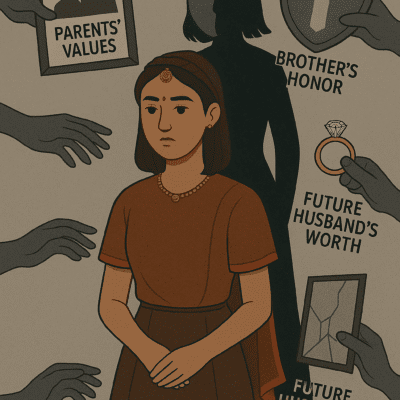
The Cost of Being a Good Girl: Obedience Silences and Suffocates
- By Malaika Niaz
- . July 26, 2025
Introduction She always speaks politely, listens quietly, dresses modestly, and makes sure not to upset anyone. People expect her to stay calm, show care to
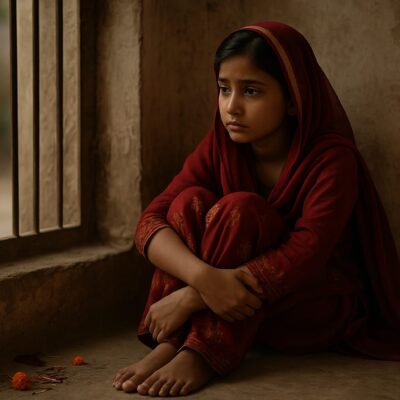
The Silent Crisis of Forced Marriages of Hindu Girls in Pakistan
- By Malaika Niaz
- . July 6, 2025
In some parts of Pakistan, especially in villages and rural areas of Sindh, a serious but ignored problem is happening. Many young Hindu girls, some

Why Choose Anthropology at Fatima Jinnah Women’s University?
- By Malaika Niaz
- . June 18, 2025
Are you curious about people, cultures, and how societies work? Do you want to understand human life, how people live, think, believe, and connect? Then
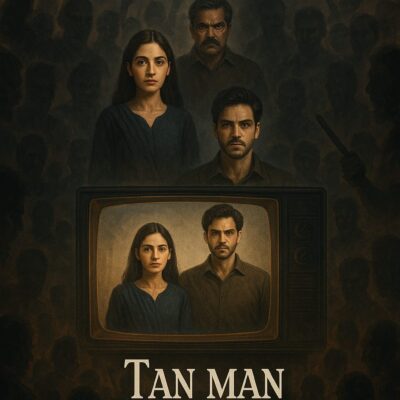
Tan Man Neelo Neel: A Drama That Dared to Speak
- By Malaika Niaz
- . May 13, 2025
Introduction The drama ‘Tan Man Neelo Neel’ has been written by Mustafa Afridi. It has been directed by Saifi Hassan and produced by Sultana Siddique.
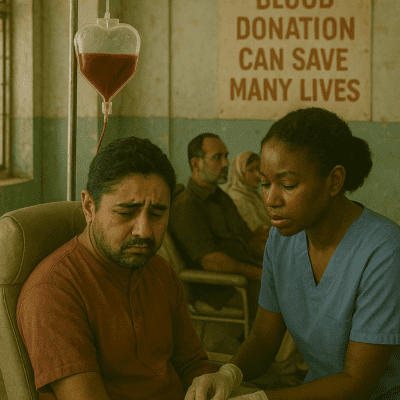
Lifesaver: The Benefits and Process of Blood Donation
- By Malaika Niaz
- . April 4, 2025
Imagine a single act that takes less than an hour but could save up to three lives. That’s the power of blood donation—a simple, selfless
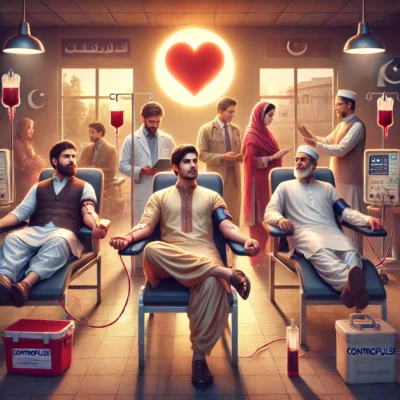
The Life Saving Benefits of Blood Donation
- By Malaika Niaz
- . March 27, 2025
Every day, blood donation saves countless lives. Whether it’s for emergency surgeries, cancer treatments, or chronic illnesses, donated blood is a critical resource in healthcare.

Breaking the Myths: The Truth About Blood Donation in Pakistan
- By Malaika Niaz
- . March 23, 2025
Introduction: The Lifesaving Act We Often Overlook In Pakistan, a child battling thalassemia needs a blood transfusion every month. A mother hemorrhaging during childbirth clings
